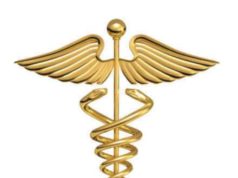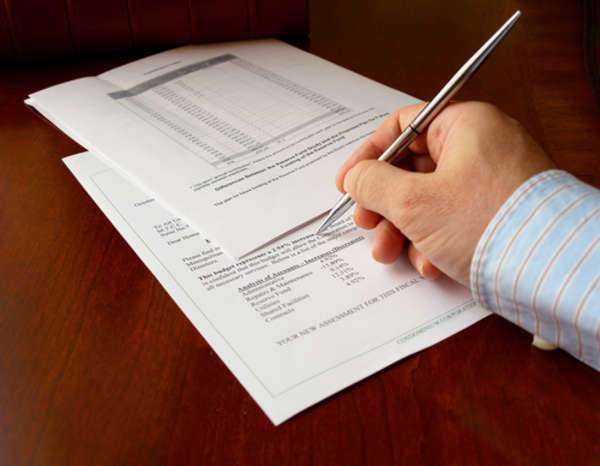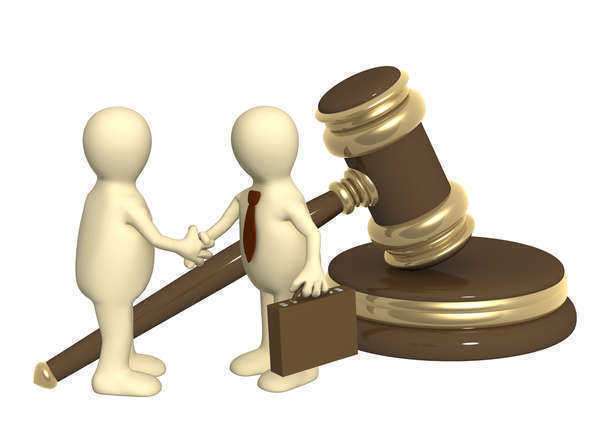
Release of Liability Form: A Comprehensive Guide
Introduction
Whenever we participate in activities or utilize the services of another party, we are often required to sign a Release of Liability Form. This legal document serves as an agreement between two parties where one party releases the other of any legal responsibility or consequences that may arise from engaging in the activity or service.
In this article, we will go in-depth about Release of Liability Forms, how it works, and its different types. We will also discuss the importance of Release of Liability Forms and tips on how to properly draft one.
What is a Release of Liability Form?
A Release of Liability Form also commonly referred to as a waiver or hold harmless agreement, is a legal document that releases one party from any legal responsibilities, injuries, and damages that may arise from an activity or service. The document serves as a binding agreement between two parties, usually the provider of a service or activity and the participant.
The release of liability is a comprehensive acknowledgment of the possible risks and hazards involved in a particular activity. In signing this waiver, the participant or user acknowledges and accepts that they fully understand and are aware of the risks involved.
The Contents of a Release of Liability Form
A Release of Liability Form is a legal document that contains critical information that is crucial to the agreement between two parties. It should have clarity and provide comprehensive information on both parties.
Some of the important items that should be included in the Release of Liability Form are:
1. Details about the activity or service.
This includes a detailed explanation of the particular activity or service that the participant will be engaging in. It should also list the possible risks that come with this activity or service, including those that are often inherent in the activity.
2. Acknowledgement of Risk.
The Release of Liability Form should clearly represent that the participant acknowledges and is fully aware of the risks that come with the activity or service they are about to engage in. The agreement should be clear, stating that the participant is voluntarily engaging in the activity, knowing the risks, and accepting those risks.
3. Waiver of Liability.
The Release of Liability Form should state that the provider of the service or activity is released of any legal responsibility in the event of injury, damage, or death of the participant. This waiver should not only reference actual injuries or damages, but it should also extend to any possible legal repercussions and lawsuits.
4. Duration of the Agreement.
The agreement between the two parties should be explicitly stated in the Release of Liability Form. The agreement should start on a specific date and should end once the activity or service is completed.
5. Signature.
A Release of Liability Form must bear the signature of the participant who is engaging in the activity or service. The signature acknowledgment should indicate that the participant fully understands and voluntarily accepts the terms and conditions outlined in the document.
The Importance of Release of Liability Forms
Release of Liability Forms are essential legal documents that protect both parties in a service or activity. Below are some reasons why Release of Liability Forms are important:
1. It identifies responsibilities.
A Release of Liability Form serves as a document that identifies the responsibilities of each party. The provider of the service or activity outlines the risks involved and releases themselves from any legal responsibility that may occur while the participant acknowledges those risks.
2. It protects against potential liability claims.
A Release of Liability Form is a legal document that provides protection against potential legal claims. In the event of any injury, damage, or anything that may arise from engaging in the activity or service, the Release of Liability Form is enough proof that the participant acknowledged the possible risks involved.
3. It promotes transparency.
A Release of Liability Form ensures transparency between both parties about the possible risks involved in engaging in the activity or service. It promotes an open, honest and fair assessment of the activity or services while reducing the incident or probability of any confusion and misconstruction between parties.
4. It is a legal agreement.
A Release of Liability Form is a legal document. As such, its provisions, if well-drafted, are legally binding, ensuring that the parties honor the terms placed in the document.
Types of Release of Liability Forms
1. Individual Release of Liability Forms.
Individual Release of Liability Forms are designed to protect the service provider or organizer from any legal responsibility that may arise due to the participant’s negligence. This type of waiver is used in activities such as hiking, surfing, skateboarding, etc. and may include injuries related to equipment failure, natural or man-made conditions or inadequate warning of hazards.
2. Vehicle Release of Liability Forms.
A Vehicle Release of Liability Form is usually used when a vehicle is sold or transferred. This document serves as proof that the seller no longer bears any responsibility for the vehicle and has handed over its ownership and insurance to someone else.
3. Health and Fitness Release of Liability Forms.
Health and Fitness Release of Liability Forms protect against injuries that may occur while engaging in any bodily activity such as working out, yoga, or sports events. This form mostly covers injuries arising from the usage of equipment and premises of gym facilities.
4. Medical Release of Liability Forms.
Medical Release of Liability Forms are usually signed by patients in medical facilities to waive any legal claim or lawsuit that may arise from engaging in medical treatment. This type of form specifically outlines the liability of medical professionals, physicians, and other health specialists.
How to Create a Release of Liability Form
Creating a well-drafted Release of Liability Form is critical in ensuring that both parties fully understand and agree to the legal constraints and provisions that come with the engagement of an activity or service. Here are some crucial tips to follow for an effective waiver of liability form:
1. Identify the Parties.
The first step in creating a Release of Liability Form is to identify the parties involved. The provider of the service or activity should be listed first, followed by the participant. All parties involved should include their contact information such as name, address, and phone number.
2. Outline the Activity or Service.
The Release of Liability Form should clearly and explicitly state the type of activity or service being provided. Also, it should identify all the possible associated risks that come with the activity or service.
3. Include an Acknowledgment of Risk.
The Release of Liability Form should include an acknowledgment that the participant is aware of the risks involved, understands the possible hazards, and is willing to assume those risks.
4. Release of Liability and Indemnification.
If there are any possible events or accidents, the Release of Liability Form should clearly state that the provider of the service or activity is not liable. The form should spell out the extent of the waiver of liability and indemnification in the event of any injury, loss or damage.
5. Include a Termination Clause.
The Release of Liability Form should specify the end date of the agreement after the activity or service has been completed.
Conclusion
In conclusion, a Release of Liability Form is an essential legal document that protects both service providers and participants in an activity or service. It provides transparency on what the participant should expect from the activity and outlines the responsibility of the provider in case of any event or injury.
With the information provided in this article, it is essential to note that creating a well-drafted Release of Liability Form is critical, and both parties should fully adhere to the provisions and benefits outlined in the document.
A. Format
1. Identify the subject – You must first identify the person or people that will be covered by the release of liability form. Particularly, you want to identify who is consenting to the release of liability and for what purpose they are releasing liability. You should also identify the specific people or company who is being released from harm. Remember that an individual form will be required for each person that will be covered by a release of liability form.
2. Detail exactly what activities are to be covered by the release of liability form. Specify in detail the dangers that may be incurred, possible injuries, and how much responsibility is to be released. While it is impossible to predict every situation that may occur, try to cover as many as possible.
3. Provide a specific time frame for when the release of liability form will cover. You can specify whether the release is valid for a certain time period or if it is effective until revoked. A release of liability form must specify the start and end time that is covered.
4. If applicable, list what medical or emergency services are available. You want to show the person that they will be taken care of to the best possible way while disclaiming liability for the injuries or dangers encountered.
5. Provide the full contact information of the person who will be under the care of the appointed party. Provide their name, date of birth, address, and any other contact information. A separate form must be filled out for each individual covered.
B. Instructions
1. Identify the subject – You must first identify:
– the person or people that will be covered by the release of liability form.
– identify who is consenting to the release of liability and for what purpose they are releasing liability.
– identify the specific people or company who is being released from harm.
Remember that an individual form will be required for each person that will be covered by a release of liability form.
2. Detail exactly what activities are to be covered by the release of liability form.
– Specify in detail the dangers that may be incurred, possible injuries, and how much responsibility is to be released.
– While it is impossible to predict every situation that may occur, try to cover as many as possible.
3. Provide a specific time frame for when the release of liability form will cover.
– You can specify whether the release is valid for a certain time period or if it is effective until revoked.
– A release of liability form must specify the start and end time that is covered.
4. If applicable, list what medical or emergency services are available.
– You want to show the person that they will be taken care of to the best possible way while disclaiming liability for the injuries or dangers encountered.
5. Provide the full contact information of the person who will be under the care of the appointed party. Provide their:
– name
– date of birth
– address
– and any other contact information.
A separate form must be filled out for each individual covered.























